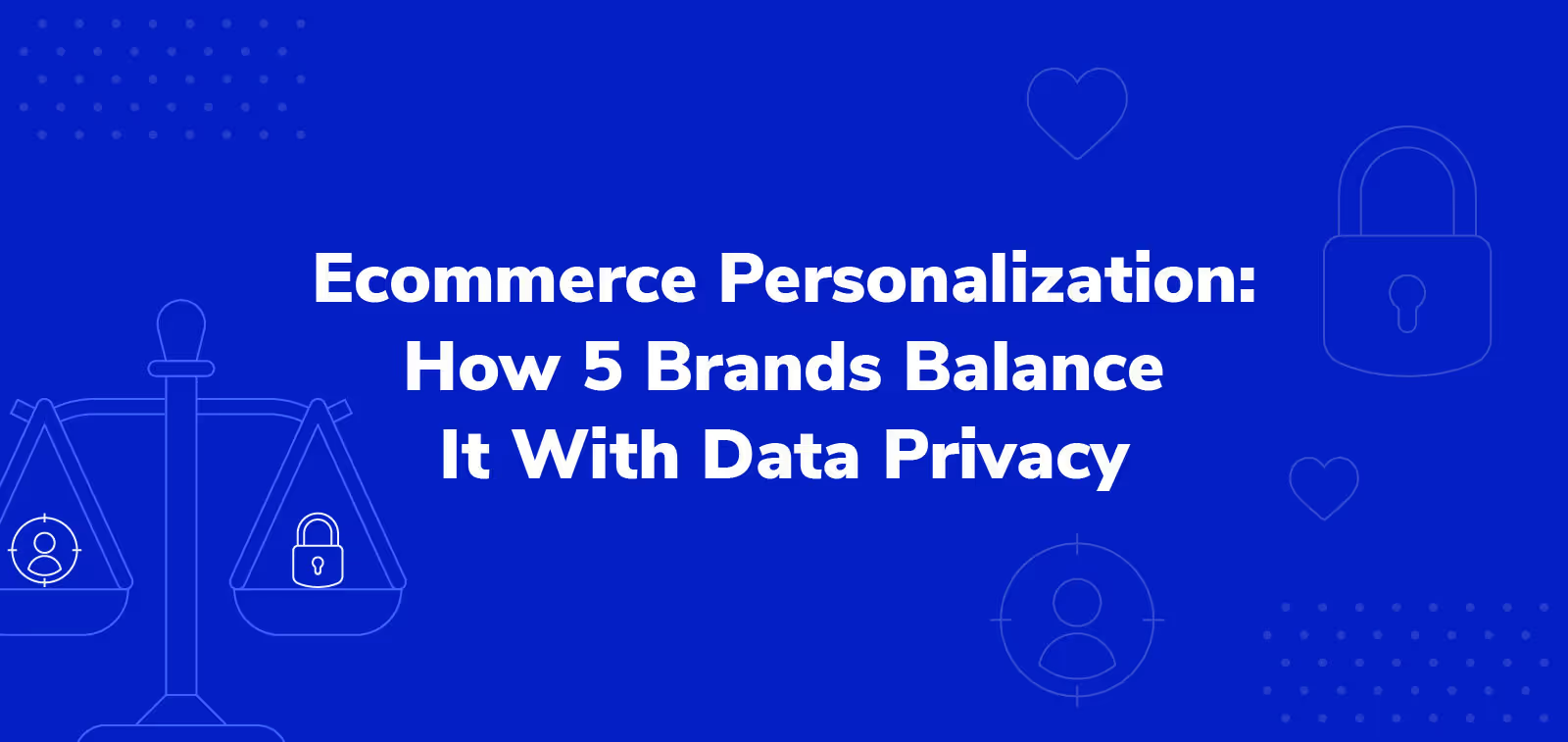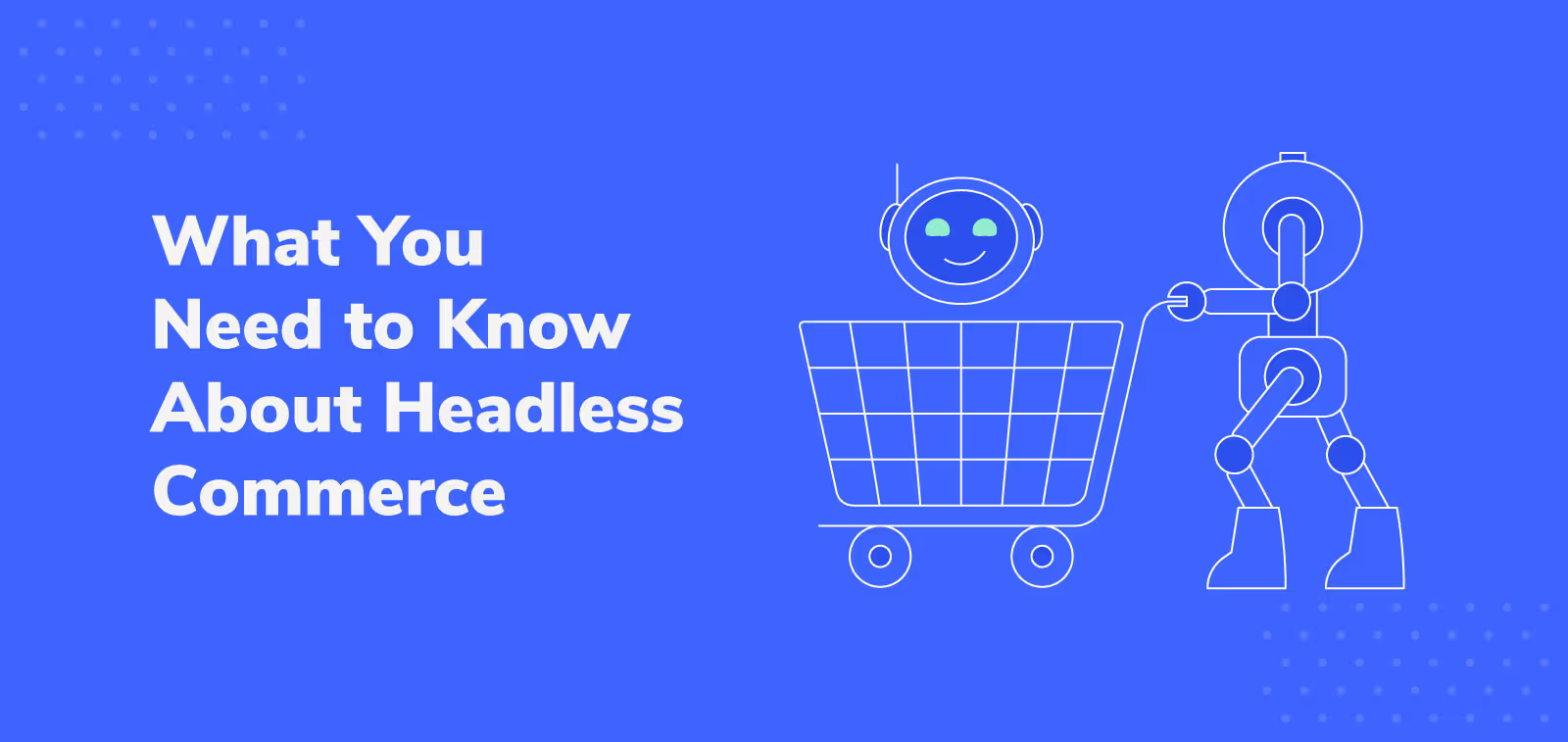How Online-Only Ecommerce Businesses Can Adapt to the Rise of Omnichannel

Big box, brick-and-mortar stores like Walmart and Target might seem at a big disadvantage when they pivot to online. After all, they’re up against brands that invented the ecommerce game and have been leveling up customer expectations for years — like Amazon.
Not exactly.
Walmart has steadily built its capacity to challenge Amazon in the ecommerce market for years. And COVID accelerated matters.
Reuters reports that from 2009 to 2014, the Walmart Marketplace had only six sellers. By 2020, it had 70,000, and Reuters expects that figure to grow 146% by the end of 2022.
This trend doesn’t seem to bode well for online-only B2C. With Amazon now opening real-world stores, a strong omnichannel connection between digital and physical is becoming the norm. With all the buzz around hybrid omnichannel, what’s an online-only D2C business to do?
Ecommerce leaders must focus on elements of their business that take more than deep pockets to match. Online commerce leaders should deliver unique value propositions that are distinctly their own while meeting heightened customer experience (CX) expectations at every turn.
Delight customers with a consistent digital experience
Ecommerce-first or -only merchants should lean on their experience in digital selling. The aim is to deliver more consistent and innovative online experiences than offline-first retailers who pivot to online.
One Qualtrics study found that 65% of consumers say their experience on a website or app is “very important” in shaping their willingness to recommend a company.
For the best customer experience, ensure consistency across each digital touchpoint. Increasingly, consistency of experience is about ensuring accessibility:
- Use a customer support tool like Zendesk to give customers lightning-fast responses to their inquiries and allow for 24/7 self-service.
- Use Google’s PageSpeed tools to track and deliver quick page speed load times that minimize bounce rates and churn.
- Support shopping in live streams with tools like Bambuser, where customers can engage directly and ask about your products.
Connect channels non-linearly for genuine omnichannel commerce
Map out how each channel can support key parts of the customer journey. Connect channels together for a vibrant ecosystem that gives shoppers flexibility and continuity.
Qualtrics found that companies with strong omnichannel engagement strategies retain 89% of customers, dropping to 33% among companies with weak strategies. Clearly, there are strong incentives for ecommerce merchants to get omnichannel engagement right.
List each digital touchpoint you have. Use Google Analytics or another analytics tool to evaluate the real paths customers are taking through touchpoints as direct and referred traffic. Consider conducting user surveys to find out motives for moving between touchpoints and any unaddressed preferences. Place links between all of your digital touchpoints — like social buttons on your store’s homepage — and display them prominently, so it’s easy for customers to navigate between platforms.
Offer maximum convenience to customers
Ecommerce shoppers crave convenience, so ecommerce leaders should lean into the inherent convenience of online-only to boost conversion rates. Even going to a store for BOPIS (buy online, pick up in-store) takes more effort than home delivery, making online-only the convenient option to beat.
Amazon’s annual revenue for 2021 was $469.82 billion, a 21.7% increase from 2020. Why? When surveyed, most shoppers offer some form of convenience as a reason to shop with Amazon. Sixty-six percent say they can find almost anything they need on the site, 51% say they can quickly find what they’re looking for and make a purchase, and 34% say knowing Amazon is always available makes it a convenient choice. Convenience is key!
Build on the online-only convenience advantage. The quickest way is to sign up for value-added services that focus on CX.
Use an ecommerce navigation solution to make finding products easy
Make site navigation as easy as possible so customers can find products without any hassle. Customers who find products quickly are less frustrated, less likely to get distracted, and happier with the buying experience. In short, easily navigable ecommerce means more revenue.
Baymard conducted an excellent ecommerce usability testing study, which found that 63% of mobile shoppers abandoned carts because site design caused navigation issues. One of the three most common questions users asked when struggling to navigate a mobile store was, “How do I get to...?”
You can use one of the many ecommerce navigation solutions available to help customers quickly find the products they want to buy:
- Searchspring lets customers sort and filter intuitively, so they can find products as quickly as possible. When WILDFANG introduced Searchspring, their conversion rate with search increased by 24%. You can add Searchspring to your store via an API that connects with most major ecommerce platforms (Shopify Plus, BigCommerce, Magento, etc.).
- Syte offers many of the same product discovery features. They also use real-time behavioral data to recommend products based on individual customers’ interests. You can add Syte to your store via an API, JavaScript, or a plugin.

Deliver faster than Amazon with micro-fulfillment
Online shopping is convenient, but slow delivery times are not. Offer the fastest shipping you can by partnering with a micro-fulfillment service.
Customer expectations around delivery are very high.
Some customers are still not satisfied with the top sellers; in a time of same-day delivery, 11.2% of customers still want faster delivery times.
Micro-fulfillment blends many of the methods of large warehouses — like robotic automation — with the speed of delivery of in-store pickup. Micro-fulfillment services achieve hyper-fast delivery times — potentially two hours or less — by setting up high-density micro-warehouses in places close to your customers. The benefit can be extremely fast delivery times that contribute to a strong post-purchase customer experience.
How and whether you should implement micro-fulfillment will depend on your supply chain and the geographical distribution of your customers. A service provider like Ohi might be suitable if your typical customer lives in a well-populated area with strong transport links. If they’re more distributed, you may want to talk to a provider like Swisslog that can blend micro-fulfillment with a broader, traditional logistics operation.
Offer digitally-native product protection
Product protection claims can take a long time to process, which is frustrating for customers. But if a product breaks or has technical issues, not offering product protection can also harm CX. Offer digitally-native product protection via Extend to provide customers with convenient and product-specific coverage.
Imagine you buy an expensive product and have no repair or replacement solution when it breaks — how inconvenient! Say you do have a product protection plan in place, but filing a claim takes too much time and effort. That’s also inconvenient. A National Retail Federation survey found that convenience is most important to 23% of online shoppers post-purchase versus just 18% who bought in-person. Potentially around one-in-four of your customers really cares about this.
Make the product protection claims process as convenient as possible:
- Rather than forcing them to pick up the phone (although customers can file a claim via phone, if they prefer) or fill out and mail complicated forms, Extend lets users file a claim online by messaging with a virtual claims specialist that’s available 24/7. The ability to file through a channel users are comfortable with, combined with round-the-clock online support, adds to a convenient post-purchase experience.
- A majority of claims are processed by Extend within minutes, making the process hassle-free and convenient for customers.
You can add Extend to your site via an API or a pre-built integration with your ecommerce platform. Fill out Extend’s contact form and ask which method is right for your site in the “Anything Else?” section.
Aaron Sullivan is senior content marketing manager at Extend. He specializes in writing about e-commerce, finance, entertainment, and beer.
.svg)












































.avif)











